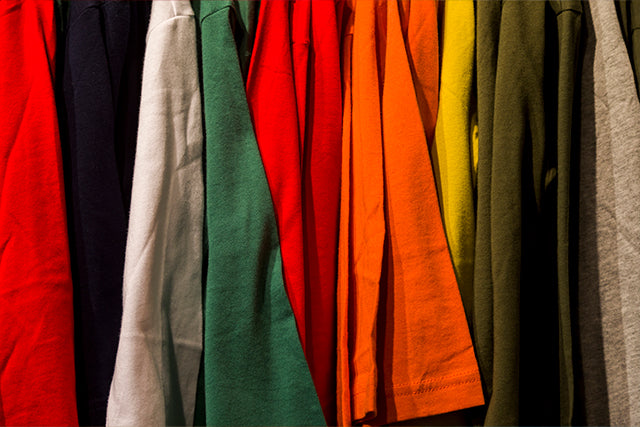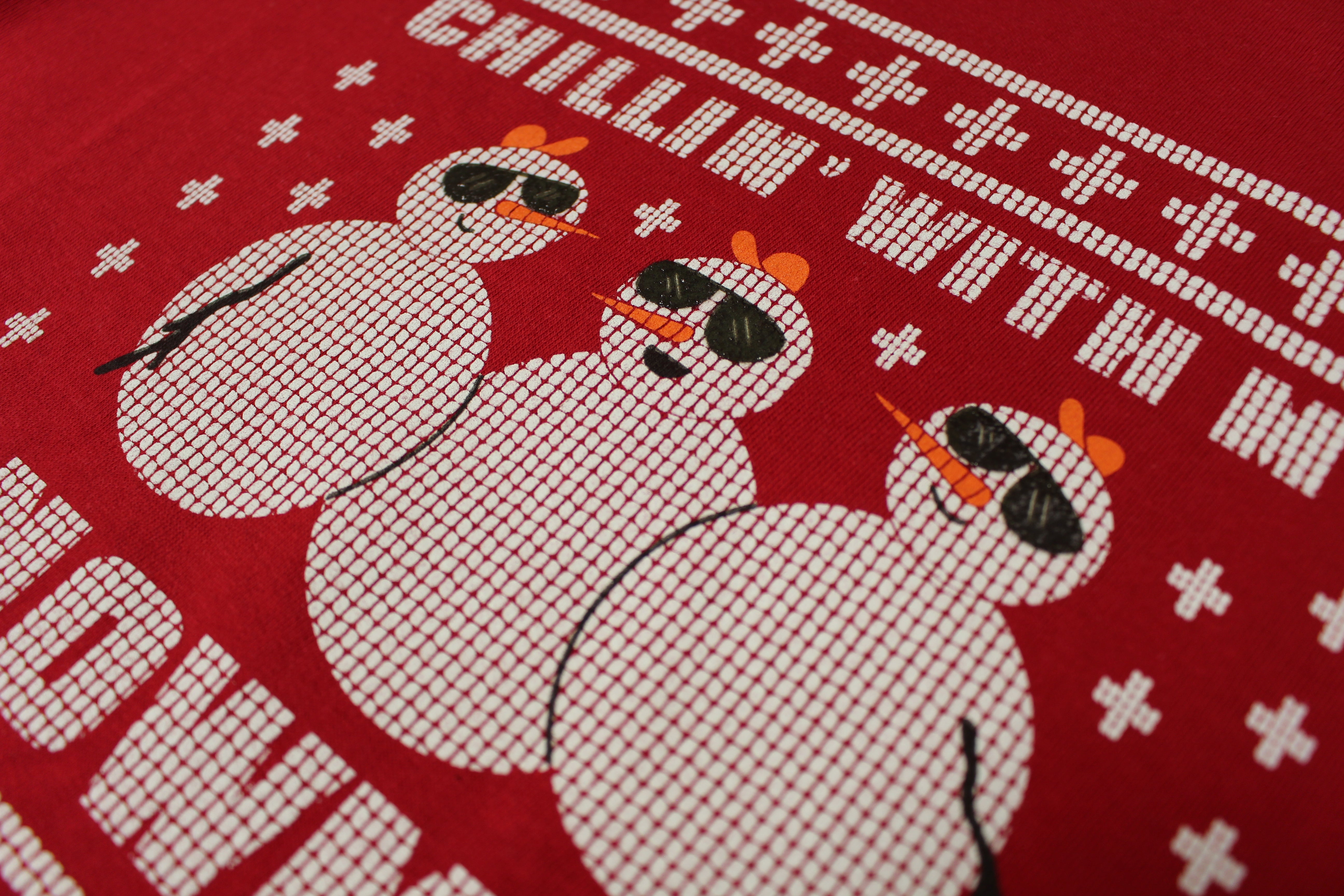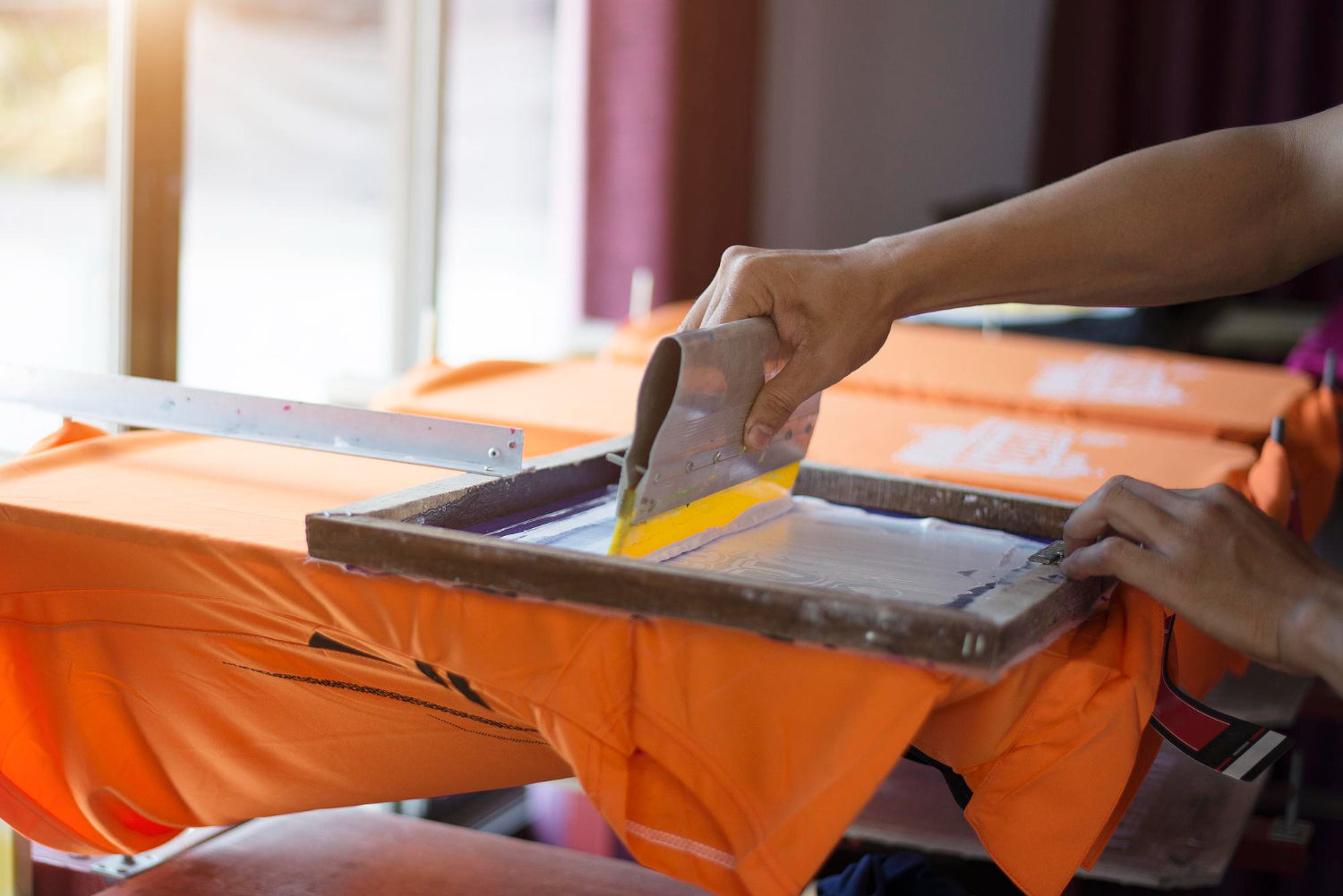Choosing the right colors for your custom t-shirt can make or break its impact. Colors influence emotions, reflect personal style, and appeal to specific audiences. Whether designing for a business, an event, or personal use, selecting the perfect color palette is essential. In this blog, we’ll guide you on how to combine colors effectively, considering your design and target audience.
1. Understand Color Psychology
Colors evoke emotions and communicate messages. Knowing the basics of color psychology can help you align your t-shirt’s design with its purpose.
- Red: Passion, energy, and excitement. Ideal for bold designs or youth-focused themes.
- Blue: Trust, calmness, and professionalism. A popular choice for corporate designs.
- Yellow: Happiness and optimism. Perfect for fun, cheerful designs.
- Green: Growth, nature, and balance. Works well for eco-friendly or health-related themes.
- Black and White: Timeless and versatile, these colors are great for minimalist designs or high-contrast effects.
2. Consider Your Target Audience
Different demographics have distinct color preferences. Tailor your palette to appeal to your audience:
- Children: Bright, playful colors like yellow, pink, or light blue.
- Teenagers and Young Adults: Trendy colors such as pastels, neon shades, or combinations like pink and teal.
- Professionals: Neutral and muted tones like navy, charcoal, and beige.
- Sports Fans: Team colors or bold combinations like black and gold.
3. Match Colors to the Purpose
The purpose of the custom t-shirt often determines its color scheme:
- Promotional T-Shirts: Use brand colors to ensure consistency and recognition.
- Event T-Shirts: Reflect the theme, like pink for breast cancer awareness or green for eco-events.
- Personalized Gifts: Choose colors based on the recipient’s preferences.
- Business Uniforms: Opt for professional, cohesive palettes that align with your brand identity.
4. Use the Color Wheel for Combinations
Understanding the color wheel can help you create harmonious or striking combinations:
- Complementary Colors: Opposite on the wheel (e.g., blue and orange) create high contrast and vibrancy.
- Analogous Colors: Next to each other (e.g., blue, teal, and green) offer a cohesive look.
- Triadic Colors: Equally spaced (e.g., red, yellow, and blue) provide a balanced yet dynamic palette.
- Monochromatic Colors: Variations of a single color create a sophisticated and unified design.
5. Test Your Palette Against Fabric Colors
Your t-shirt’s fabric color acts as the base of your design. Ensure the chosen palette contrasts or complements the fabric color:
- For dark t-shirts, use lighter, vibrant colors like white, yellow, or neon shades.
- For light t-shirts, darker colors like black, navy, or forest green stand out.
- For neutral fabrics like gray or beige, almost any color works, giving you flexibility.
6. Adapt to Design Styles
The style of your design should also influence color selection:
- Minimalist Designs: Stick to one or two colors for a sleek look.
- Maximalist Designs: Use a broader palette, balancing bold and muted tones to avoid visual overload.
- Retro or Y2K Styles: Incorporate pastels, neon hues, or vintage-inspired shades like burnt orange and teal.
- Text-Heavy Designs: Prioritize readability by ensuring strong contrast between text and background.
7. Tools for Color Selection
Utilize online tools to perfect your palette:
- Adobe Color: Generate and explore color schemes using the color wheel.
- Coolors: Create custom palettes and test different combinations.
- Canva: Experiment with colors in a design context before finalizing.
8. Practical Tips for Finalizing Colors
Here are some final considerations when choosing colors:
- Test Your Design: Print a sample to ensure colors appear as intended on the t-shirt fabric.
- Stay On-Brand: Stick to brand guidelines if designing for a business.
- Less Is More: Avoid overcrowding your design with too many colors.
- Seasonal Trends: Incorporate trending colors, like Pantone’s Color of the Year, for a contemporary appeal.
Conclusion
Choosing the perfect colors for your custom t-shirt involves balancing creativity, psychology, and practicality. By understanding your audience, aligning with the t-shirt’s purpose, and leveraging tools and trends, you can create a design that resonates and stands out. Whether it’s a bold statement or a subtle touch, your color choices can transform a simple t-shirt into a powerful expression of style and purpose.
Explore the world of custom t-shirts, custom hoodies, and custom sweatshirts with us at factory1direct.com




Leave a comment
This site is protected by hCaptcha and the hCaptcha Privacy Policy and Terms of Service apply.